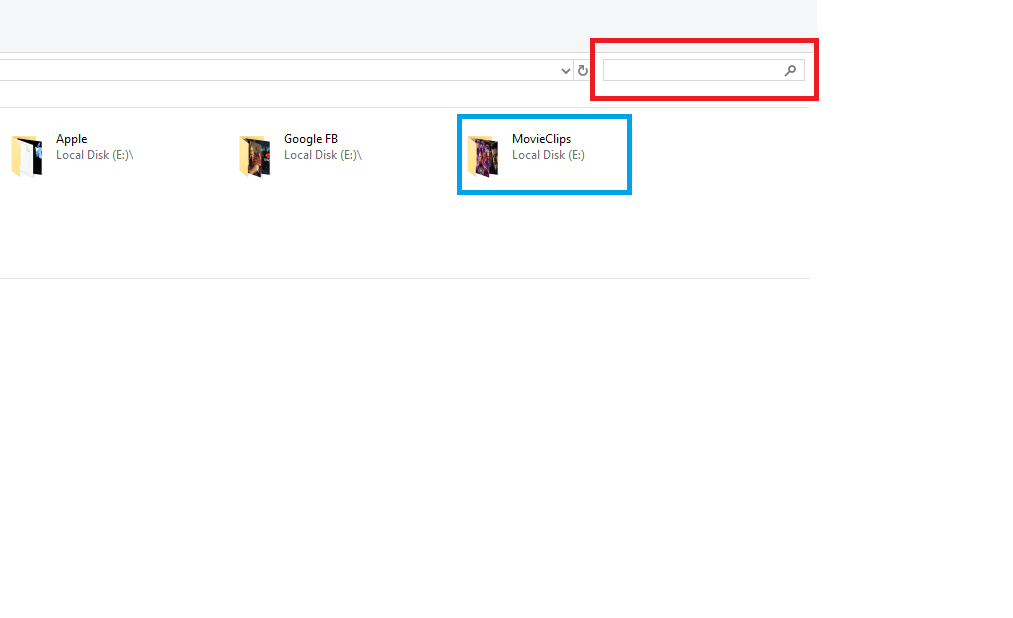

The extension pigheadedly maintains its uppercase lettering. For example, if you have three files named Test1.JPG, Test2.JPG, and Test3.JPG, if you select all the files and rename the first one Testing.jpg, you’ll end up with Testing (1).JPG, Testing (2).JPG and Testing (3).JPG. It sounds simple enough, but imagine if you’re changing extensions on a bunch of files? Things get even worse if you want to change capitalized extensions on a group of files: Windows 7 cannot do it. Click and drag over the extension, type the new extension, and press Enter.Windows automatically selects the filename so that anything you type will replace the existing name. Click the file to select it, then click once more.In Windows 10, make sure file extensions are visible using the steps above, then: How to change extension of multiple files at once using File ExplorerĬhange file extension for one file in Windows 10: Change extension of multiple files using Bulk Rename Tools.How to Handling names with white spaces.How to Add prefix to file names in batch.Bonus Solution to play with the file names.Change extension of multiple files at once using PowerShell.How to create a batch to rename file extensions in bulk.Recursively batch rename file extensions.How to rename a file extension keeping the original.How to rename a single file extension with the move command.

How to rename the single file extension.

Batch rename file extensions in bulk from CMD.How to change extension of multiple files at once using File Explorer.With a “.exe” file and other file extensions, you may need to use a program to create the file. If you want to change the file type, you need to convert the file. For example, you cannot rename a file with a “.txt” extension to a “.png” and make it an image. You need to know before making any change that you cannot rename a file extension and change the type of a file.



 0 kommentar(er)
0 kommentar(er)
